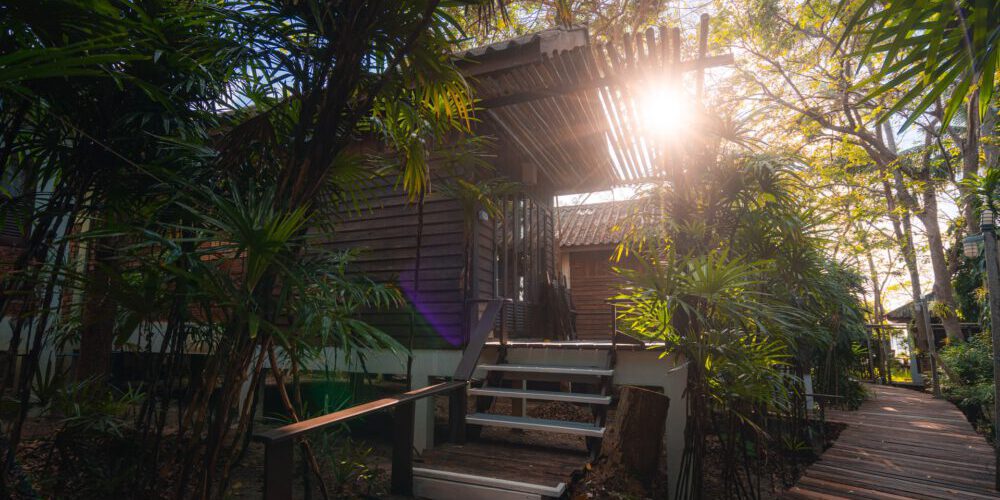Pergolas have quickly become one of the most popular outdoor living trends of 2014. The outdoor structure comes in a variety of different styles and forms that help define an outdoor space. However, customers are quickly realizing that in order to facilitate their outdoor lifestyle, a pergola roof is the only solution. You will find hundreds of different awning companies and products, but hardly any of these offer a retractable canopy product.
This is not a conspiracy to deny you the comfort and style you seek (at least we don’t think it is). Rather, it is because some canopies use parallel tracks that can be troublesome when mounted to the frames of an outdoor structure. But this doesn’t mean you have to forego the ultimate outdoor living experience you envision. It means you have to make an informed decision amongst a few different options.
So let me help you with that.
Tracks are finicky things. An old reliable technology that holds our curtains up, slides our doors, and rolls our drawers. These are the stalwart applications for tracks found on the interior of our homes, an environment that is climate controlled and less susceptible to shifting or change. But take tracks to the outdoors and put them in a retractable canopy system and you expose the track system and structure to the elements, making the entire system susceptible to shifting and alteration.
Most outdoor structures move over time. Refer to the drawing below to get an understanding of the scope of dimensions that can change in an outdoor wood structure. The variable responsible for moving and shifting outdoor structures is wood moisture content.
When you construct your pergola or frame, the moisture content in individual pieces of wood can range between 24%-17% moisture. When they get used in a pergola, dry ones expand and moist ones shrink.
Apply these variables to both posts and beams and you get a significant difference in the width of your pergola after only a few weeks and considerable overall movement. When combined with slight construction inaccuracies (1/2 inch here, 1/2 inch there) during assembly, you get what is called runout. Quite simply, this is the difference in width between two items (such as beams or rafters) from one end to the other.
Now, let’s look at the effect of sliding wide canopies on long tracks.
When the width becomes many times greater than the length, the system becomes unstable, especially if there is resistance on one side of the wide beam. It will jam. It is inherent that things need to be longer than they are wide to keep them stable when moving.
So what does this mean for you and retractable canopies?
A reliable retractable canopy needs to have a design that addresses both design-for-compliance, and the fact that the length of the canopy is longer than its width.
The systems that exist for outdoor applications can be narrowed down to four types:
1 – Aluminum or steel based frames are able to remove the issue of structural movement. The thing to consider is the aesthetic limitations the metal frame could impose on your project.
2 – Spring loaded canopy wings with extendable wheels allow for runout only. These systems manually pull out and tend to shuttle their way down the tracks when the parallelism and planarism issues develop, which they do. Width of each panel is limited to about 60” so you can forget about total rain protection.
3 – Floating frame two track systems use metal tracks assembled into four sides. Two sides are tracks and two sides are the spacers that address parallelism. The frame floats on pergola mounts and limits any misalignment forces. The tracks mount well inboard of the canopy wing tips so the issue of width being shorter than length is minimized. These systems work well enough but can be quite imposing on aesthetics as a pergola 16’ wide will need two tracks about 10’ apart and necessary cross beams among the rafters.
4 – ShadeFX’s Patented Single Track Retractable Canopy is unique and addresses all outdoor framing issues as well as the wing width issue in one super simple design. First, with only one track you cannot misalign it from movements of the pergola frame. One track operates alone and can even be bent to a degree without jamming or binding. Think of it as a curtain rod. It’s also the most inconspicuous of designs, fitting into or onto any pergola or overhead frame with the least impact on aesthetics






